This World Oceans Day, celebrate the beauty of our blue planet with these eight shots from Greenpeace ocean missions. From the icy poles to the bountiful tropics.
A hawksbill turtle is captured off the Saya de Malha Bank, part of the Mascarene Plateau between Mauritius and the Seychelles in the Indian Ocean. This is the largest seagrass meadow in the world and one of the biggest carbon sinks in the high seas. A team aboard the Greenpeace ship, Arctic Sunrise went to study the wildlife and diversity of the region and make the case for this area to be protected under a Global Ocean Treaty at the UN.
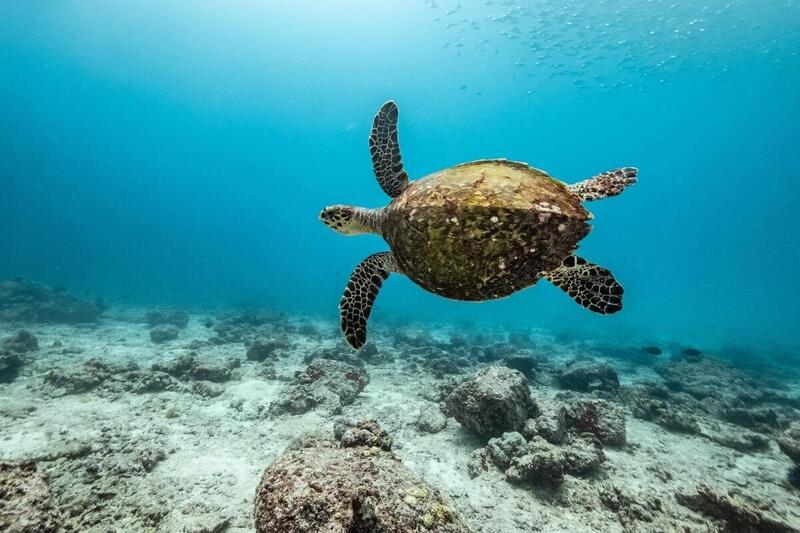
Hawksbill turtle off the coast of Mahe, Seychelles.
A flying fish is captured at night in the Sargasso Sea, a unique region in the North Atlantic Ocean that is home to a diverse array of marine life, including loggerhead and green sea turtles. Greenpeace and University of Florida researchers teamed up to study the impact of plastics and microplastics on marine life and the importance that the Sargasso’s drifting Sargassum seaweed habitat for the development of juvenile sea turtles.
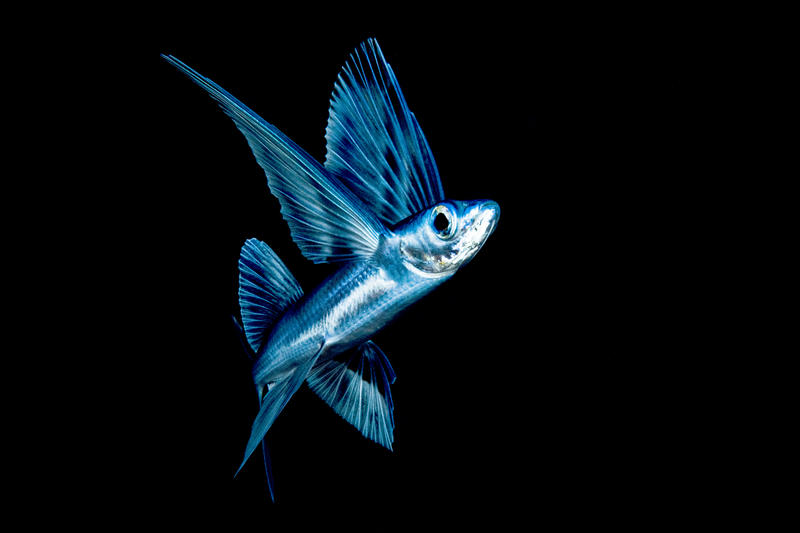
A flying fish at night near the surface in the Sargasso sea.
Chinstrap and Gentoo penguins fish on an iceberg off Half Moon Island, Antarctica. Greenpeace returned to the Antarctic in early 2020, the last stage of the year long Pole to Pole Expedition. We teamed up with a group of scientists to investigate and document the impacts the climate crisis is already having in this unique region.
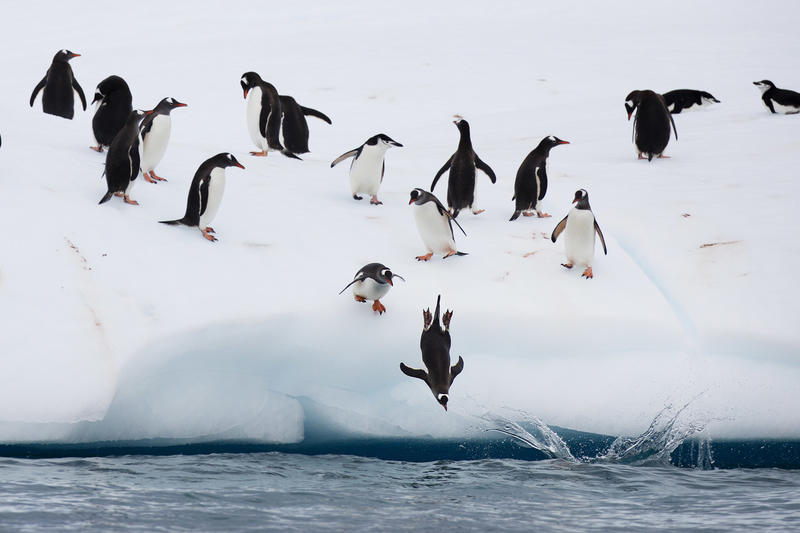
Chinstrap and Gentoo penguins fish on an iceberg off Half Moon Island.
*This picture was taken in 2020 during the Antarctic leg of the Pole to Pole expedition under the Dutch permit number RWS-2019/40813
Greenpeace conducted an expedition bringing scientists to take sea ice core samples, measure snow and ice thickness, and water column properties below the ice at the Arctic ice edge in Fram Strait, between Svalbard and Greenland. A group of US scientists collected the data in May 2019 during the time of spring algae blooms to study the interactions between melting sea ice and the local ecosystem.
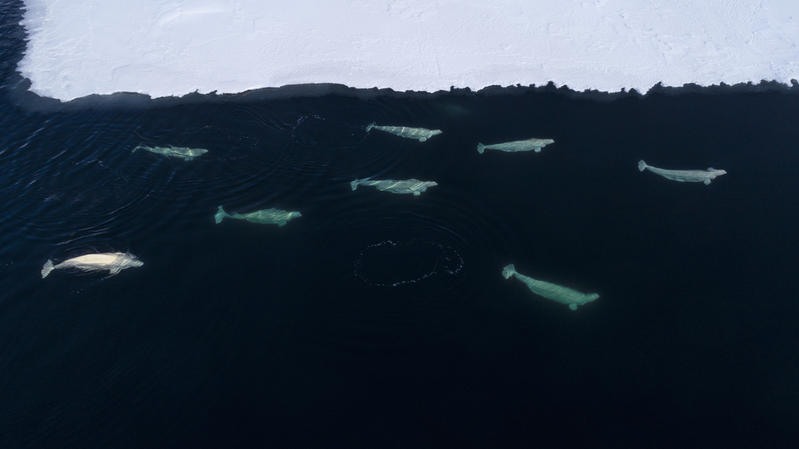
Beluga whales feeding at the ice edge in the Arctic.
NOTE : Wildlife images captured from the fast ice by a professional photographer, accompanied by a professional wildlife guide.
The spiral tube worm, or Sabella Spallanzanii, lives in membranous tubes, often reinforced by the inclusion of mud particles and has a feathery, filter-feeding crown that can be quickly withdrawn into the tube when danger threatens. Greenpeace was in The Azores with a team of scientists to survey and document deep sea life, and what could be at risk from the deep sea mining industry.
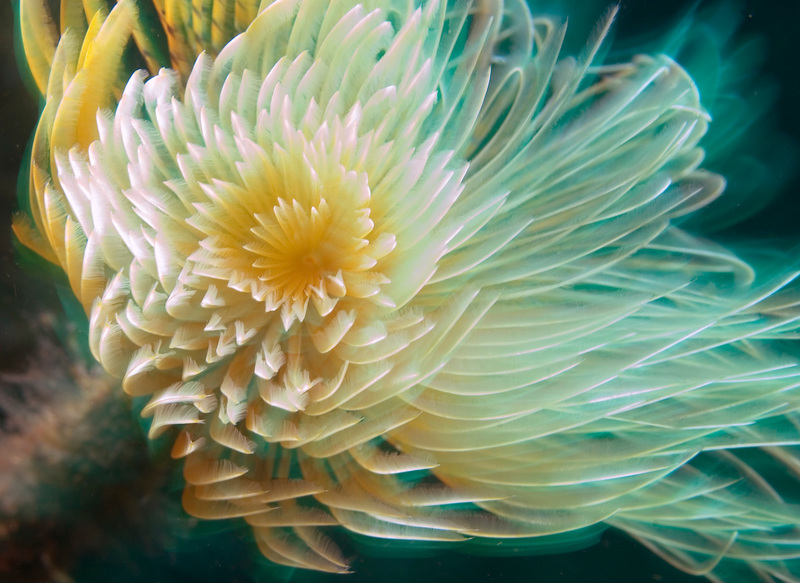
The spiral tube worm, or Sabella Spallanzanii
A coral reef in the Andaman sea, Satun, Thailand. A large school of Banana fusilier (Pterocaesio pisang) swims over the colourful field of soft corals (Dendronephthya sp.) in the reef of Hin Khao, two small pinnacles in the sea of Satun, Thailand, known for massive biological diversity. The reef of Hin Khao is largely covered with colonies of soft corals which thrive on the sediments from the nutrient-rich water of this area. However this pristine environment could be decimated with proposed plans to construct the deepwater port at Pakbara.
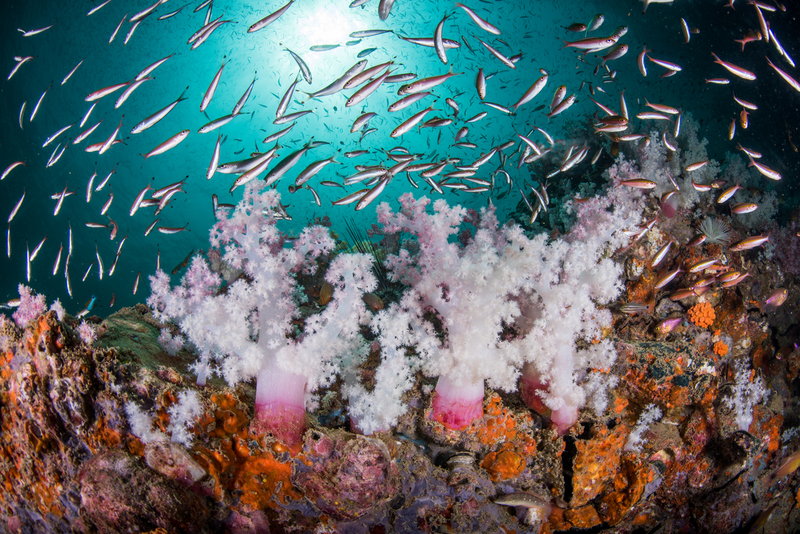
Andaman sea, Satun, Thailand.
Southern right whale (Eubalaena australis) captured in the Argentine Sea. Photo captured during the Protect the Oceans Expedition, which travelled the world to denounce the fishing industry and push for a strong Global Ocean Treaty. Greenpeace was in the Argentine sea to campaign in defense of the marine ecosystem and endangered species.
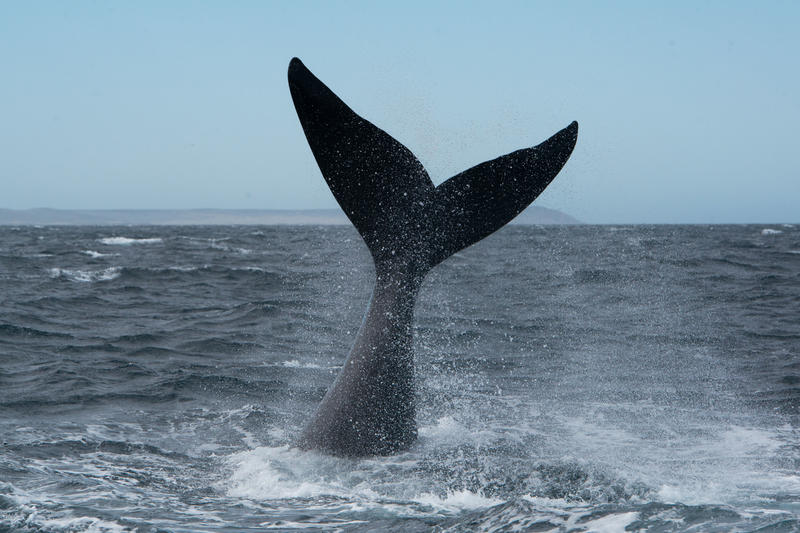
Southern right whale (Eubalaena australis).
An iceberg off Elephant Island in Antarctica. Greenpeace was back in the Antarctic on the last stage of the Pole to Pole Expedition at the start of 2020. They teamed up with a group of scientists to investigate and document the impacts the climate crisis is already having in this area, and were there as the continent marked the highest temperature on record – of 18.3C.
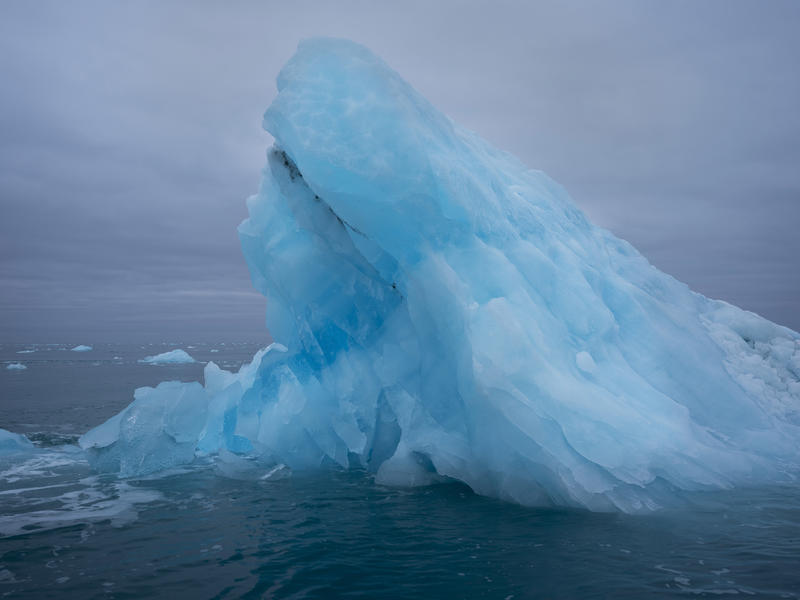
Iceberg off Elephant Island in Antarctica.
*This picture was taken in 2020 during the Antarctic leg of the Pole to Pole expedition under the Dutch permit number RWS-2019/40813
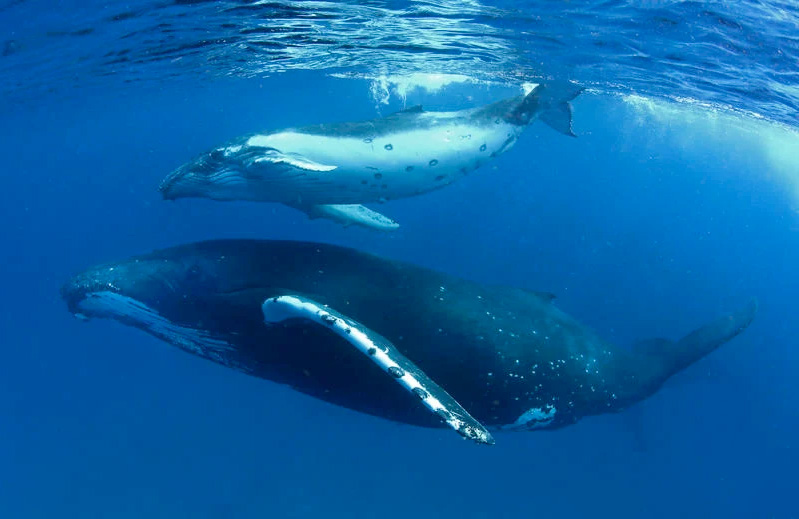
From destructive fishing and mining, to climate change – the threats facing our oceans are growing greater by the day. We urgently need a network of ocean sanctuaries across the globe to protect them.
